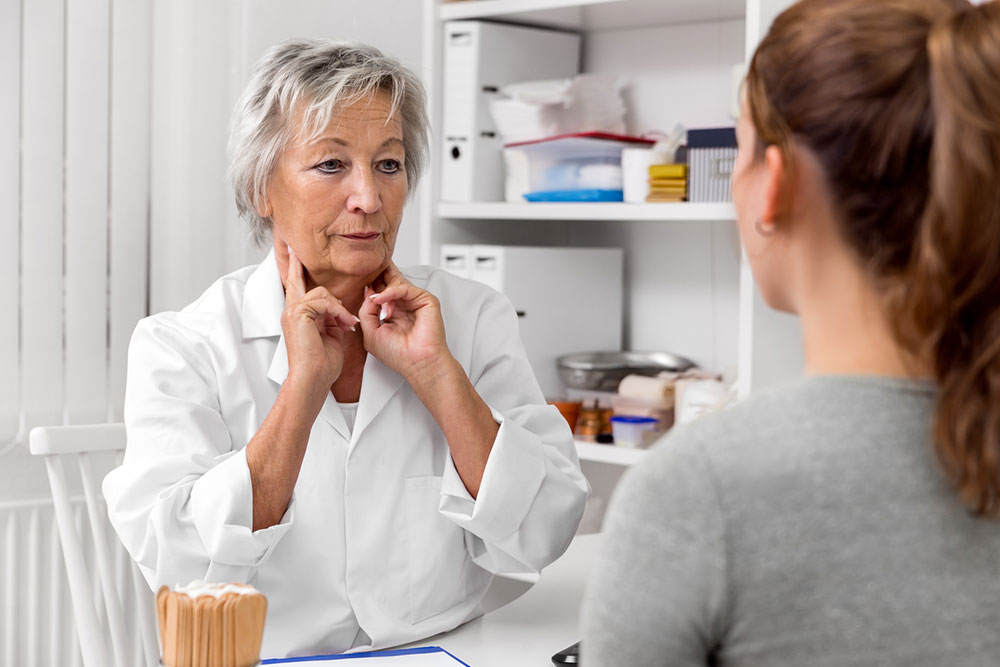
Symptoms, types, and management of lymphoma in children
Lymphoma is a cancer that grows in the body when white blood cells multiply. It is more common in adults than children, but cases in the latter can be cured with proper treatment. The causes of cancer in children are not known; however, if left untreated, it can lead to health complications. Therefore, early detection and prompt treatment are paramount to improving one’s chances of recovery. Here’s what one must know about lymphoma in children.
What happens in lymphoma?
The body has a lymphoid system in place, which forms a part of the immune system that ensures no pathogens can grow and cause harm. The lymphoid system primarily has specialized white blood cells called lymphocytes. They are located in the lymph nodes spread across the body, including the digestive tract and bone marrow. The lymph nodes filter foreign particles such as bacteria, viruses, and abnormal cells and stop the growth of cancer or other diseases. In lymphoma, lymphocyte growth is abnormal, which forms tumors and affects the lymph nodes. Since lymph nodes are spread throughout, the lymphoma can develop in any part of the body.
Common lymphoma in children
There are two types of lymphoma cancers in kids. They vary based on their characteristics and appearance under a microscope.
Non-Hodgkin lymphoma (NHL)
These cells attack seep into the cerebrospinal fluid (CSF) in the brain, spinal cord, and bone marrow. NHL can happen in kids of any age, but boys tend to develop NHL more than girls. Doctors are yet to identify exactly what causes it, but kids most likely to develop NHL have the following risk factors:
- Weak immune system, which may either be inherited or develop as a result of any deficiencies
- Children who already have DNA repair defects or ataxia telangiectasia
The non-Hodgkin lymphoma in children is further classified into sub-types, as follows:
- Mature B cell lymphoma is a common type in children. It causes swollen lymph nodes in the throat, neck, or abdomen. In some cases, it may also affect the bones or bone marrow.
- Another type of NHL is Lymphoblastic lymphoma (LL), which affects the T or B cells and inflames the glands or lymph nodes. It usually forms a tumor or mass in the middle of the chest and also spreads to the spinal fluid.
- There is also Burkitt lymphoma, anaplastic large cell lymphoma (ALCL), low-grade lymphomas that develop slowly, and high-grade lymphoma.
Hodgkin Lymphoma :
Childhood Hodgkin lymphoma is a type of cancer that starts in the lymph system and is divided into classic and nodular lymphocyte-predominant. The classic Hodgkin lymphoma occurs mostly in adolescents, while the nodular one occurs in children younger than ten.
Symptoms
Symptoms vary from one child to another. Here are some of the most commonly seen signs and symptoms of both NHL and Hodgkin lymphoma.
Swollen lymph nodes:
Lymphoma, especially NHL, can manifest as a painless swelling of lymph nodes commonly found in the neck, above the collar bone, under the arms, or in the groin. The swelling in cancer does not usually subside within a few weeks and may be associated with other common infections, like cold or sore throat. However, the difference is that cold or infectious swelling of lymph nodes is painful to the touch and shrinks within a few weeks.
As a result, children may experience:
- abdominal pain
- Constipation
- abdominal distention from an abdominal mass
- Coughing
- difficulty breathing or wheezing
- bone pain
Apart from this, a child with NHL may also experience:
- Persistent high fever that comes and goes
- Fatigue
- Sweating profusely at night and needing clothing or bedding change multiple times during the night
- Lack of appetite
- Itching
- Pale skin
Stomach issues
Children may experience swollen tummy, inflammation in or near the stomach or intestines, constipation, pain, or diarrhea. Children may feel full even after eating small meals.
Chest issues
A child with lymphoma may get red in the face, swelling on the face or neck veins, and get easily out of breath as the cancer presses on the blood vessels in the chest.
Easy bruising and low blood count
A child with lymphoma may have abnormally low blood counts, as seen in blood tests. This can cause easy bruising or bleeding more often or getting infected easily and not recovering at a normal pace.
Brain and nerve issues
In some cases, children may experience difficulty talking, vision changes, facial numbness, dizziness, headache, or even seizures due to an affected brain or spinal cord.
Treatment options for lymphoma in children
Diagnostic tests, including a biopsy, are necessary to confirm the disease and diagnosis. The biopsy may be performed using tools according to the age and location of the affected lymph node. For example, if the lymph nodes are deep inside the body, a doctor may recommend imaging tests like X-rays or scans to locate the best site for biopsy.
Treatment options for lymphoma in children are usually successful, and the purpose is to limit its side effects mainly. Chemotherapy is a common treatment option ensuring active and multiplying cancer cells are thwarted in time. Radiotherapy is an X-ray treatment that kills the affected lymphoma cells. Targeted treatment and antibody treatment are both helpful in attacking problematic lymphoma cells.


